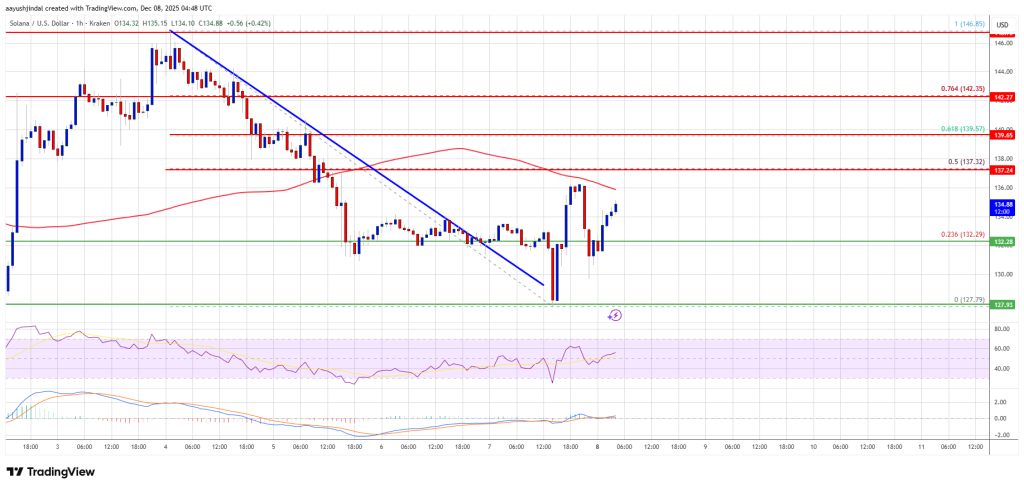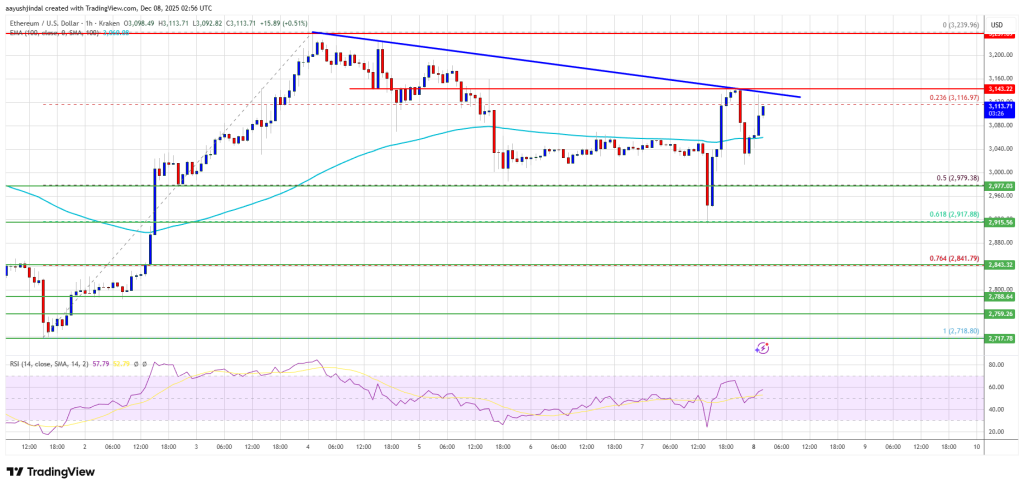
Introduction
The cryptocurrency world is buzzing with the recent passage of the GENIUS Act, a landmark U.S. Senate bill designed to regulate stablecoins; digital currencies pegged to assets like the U.S. dollar. Passed on June 17, 2025, with a 68-30 bipartisan vote, the Guiding and Establishing National Innovation for U.S. Stablecoins (GENIUS) Act introduces a federal framework that could reshape the $238 billion stablecoin market. But what does this mean for crypto investors, issuers, and the broader financial ecosystem?
This post breaks down the GENIUS Stablecoin Bill, its key regulations, reserve rules, and what the crypto community needs to know to stay compliant and thrive.
What Is the GENIUS Stablecoin Bill?
The GENIUS Act is the first comprehensive federal legislation in the U.S. to regulate stablecoins, cryptocurrencies designed to maintain a stable value by being backed 1:1 with assets like U.S. dollars or Treasury bills. Unlike volatile cryptocurrencies such as Bitcoin, stablecoins like Tether (USDT) and USD Coin (USDC) are used for payments, trading, and cross-border transfers due to their price stability.
Introduced by Senator Bill Hagerty (R-TN) and co-sponsored by Senators Kirsten Gillibrand (D-NY), Cynthia Lummis (R-WY), Tim Scott (R-SC), and Angela Alsobrooks (D-MD), the bill aims to:
- Protect consumers by ensuring stablecoins are fully backed by reserves.
- Promote innovation by providing regulatory clarity for issuers.
- Strengthen U.S. financial leadership in the global digital asset race, especially against frameworks like the EU’s Markets in Crypto-Assets (MiCA) regulation.
The bill passed the Senate and now awaits reconciliation with the House’s companion bill, the STABLE Act, before heading to President Donald Trump for approval.
Key Regulations of the GENIUS Stablecoin Bill
The GENIUS Act establishes a robust regulatory framework for stablecoin issuers, focusing on transparency, consumer protection, and financial stability. Here are the core regulations crypto enthusiasts and issuers need to understand:
Licensing and Oversight
- Who Can Issue Stablecoins? Only insured banks or licensed nonbank entities approved by federal or state regulators can issue stablecoins. Large issuers (over $10 billion in market cap) fall under federal oversight by the Office of the Comptroller of the Currency (OCC) or Federal Reserve. In contrast, smaller issuers can opt for state-level regulation if it aligns with federal standards.
- State vs. Federal Balance: The bill allows state regulators to supervise smaller issuers, fostering innovation while maintaining federal backup enforcement for “exigent” risks, such as financial instability.
- Impact on Crypto: This tiered approach reduces barriers for smaller issuers, potentially leading to more competition in the stablecoin market, which USDT and USDC currently dominate.
Anti-Money Laundering (AML) and Sanctions Compliance
- Stablecoin issuers must comply with AML rules and anti-terrorism sanctions, ensuring tokens can be frozen or blocked to prevent illicit activities.
- Why It Matters: These measures address concerns about using stablecoins for money laundering or evading sanctions, boosting trust among regulators and institutional investors.
Consumer Protection Measures
- Priority in Bankruptcy: In case of issuer insolvency, stablecoin holders have first-priority claims on reserve assets, which are “bankruptcy remote” to minimize losses.
- Transparency Requirements: Issuers must publish monthly reserve disclosures certified by registered accounting firms, and larger issuers (over $50 billion) must provide annual audited financial statements.
- No Securities Classification: The bill clarifies that stablecoins are not securities, preventing the SEC from imposing additional regulations and easing integration with traditional finance.
Reserve Rules: Ensuring Stablecoin Stability
The GENIUS Act’s reserve requirements are at the heart of its consumer protection strategy, addressing past failures like TerraUSD (UST), which collapsed in 2022, wiping out $40 billion. Here’s what issuers must do:
- 1:1 Reserve Backing: Every stablecoin must be backed 1:1 by high-quality liquid assets, such as:
- U.S. dollars or Federal Reserve notes.
- Short-term Treasury bills or repurchase agreements.
- Government money market funds (added in the GENIUS Act, unlike the STABLE Act).
- Segregation of Reserves: Reserves must be held separately from operational funds to prevent misuse or commingling.
- Monthly Audits: Public disclosures of reserve composition must be examined monthly by independent auditors, with CEO and CFO certifications, to ensure accuracy.
- No Risky Assets: Unlike some decentralized finance (DeFi) protocols, stablecoins cannot be backed by other cryptocurrencies, reducing volatility risks.
These rules prevent “destabilizing runs” by ensuring stablecoins remain redeemable at $1, even during market stress. They also increase demand for U.S. Treasuries, as issuers must hold significant reserves in these assets, potentially impacting Treasury yields.
What the Crypto Community Needs to Know
The GENIUS Act is a game-changer for the crypto industry but comes with opportunities and challenges. Here’s what stakeholders should consider:
For Stablecoin Issuers
- Compliance Is Mandatory: Non-compliant issuers, including foreign ones like Tether, face fines up to $100,000 per day or market exclusion. The bill closes loopholes by regulating foreign stablecoins entering the U.S. market.
- Innovation Opportunities: The clear framework allows banks, fintechs, and retailers like Meta or Google to issue stablecoins, potentially revolutionizing digital payments with lower fees and faster processing.
- Action Step: Issuers should consult legal experts to navigate licensing, audits, and AML compliance to avoid penalties and build trust.
For Crypto Investors
- Increased Trust: The 1:1 reserve and transparency rules reduce the risk of stablecoin collapses, making assets like USDC safer for trading or holding.
- Market Expansion: More issuers entering the market could lead to innovative stablecoin features, such as interest-bearing products (not prohibited by the GENIUS Act, unlike the STABLE Act).
- Risks Remain: Custodial risks (e.g., hacked wallets) and potential bankruptcy issues persist, as the bill lacks deposit insurance like traditional banks’ $250,000 FDIC coverage.
For DeFi and Developers
- Algorithmic Stablecoins Under Scrutiny: Unlike the STABLE Act’s two-year moratorium, the GENIUS Act requires a Treasury study on algorithmic stablecoins, signaling potential future restrictions. DeFi projects may need to pivot to compliant models.
- Opportunity for Integration: The bill’s clarity could attract institutional players to DeFi, increasing liquidity and use cases for stablecoins in decentralized applications.
Broader Implications
- U.S. Dollar Dominance: With 99% of stablecoins dollar-pegged, the GENIUS Act strengthens the dollar’s global role by formalizing stablecoin regulation and countering competition from jurisdictions like the EU, Singapore, and Hong Kong.
- Potential Risks: Critics, including Senator Elizabeth Warren, argue the bill lacks guardrails against corruption (e.g., conflicts of interest tied to Trump’s USD1 stablecoin) and may not fully protect consumers from systemic risks like bank runs or Treasury market volatility.
How the GENIUS Act Compares to Global Regulations
The GENIUS Act positions the U.S. to catch up with global stablecoin frameworks:
- EU’s MiCA (June 2024): Requires 60% of reserves in uninsured bank deposits, criticized by Tether’s CEO for inadequate protection. The GENIUS Act’s focus on Treasuries is stricter and safer.
- Singapore, Hong Kong, UAE, and Japan: These jurisdictions have implemented stablecoin rules, driving offshore activity due to U.S. regulatory ambiguity. The GENIUS Act aims to bring innovation back onshore.
- Key Difference: The U.S. bill emphasizes federal-state collaboration and consumer priority in bankruptcy, unique features that balance oversight with flexibility.
Why the GENIUS Act Matters for Crypto’s Future
The GENIUS Act marks a turning point for stablecoins, offering a clear path for mainstream adoption while addressing past failures like TerraUSD. Mandating 1:1 reserves, transparency, and AML compliance builds trust among consumers and regulators, potentially making stablecoins a rival to traditional payment systems like credit cards.
However, the crypto community must stay vigilant. While the bill fosters innovation, it imposes strict compliance burdens, especially for smaller issuers and DeFi projects. Investors should prioritize stablecoins from licensed issuers and secure digital wallets to mitigate custodial risks.
As the House debates the STABLE Act, the final legislation could evolve. Crypto stakeholders should monitor updates, engage with legal advisors, and prepare for a regulated future that balances opportunity with accountability.
Frequently Asked Questions (FAQ’s)
What is the GENIUS Act?
The GENIUS Act is a U.S. Senate bill passed in June 2025 to regulate stablecoins, requiring 1:1 reserve backing, transparency, and AML compliance.
Who can issue stablecoins under the bill?
Only insured banks or licensed entities approved by federal or state regulators can issue stablecoins, with oversight varying by issuer size.
How does the bill protect consumers?
It mandates full reserve backing, monthly audits, and priority repayment for stablecoin holders in bankruptcy cases.
What are the risks for crypto investors?
While the bill reduces collapse risks, custodial issues (e.g., wallet hacks) and lack of deposit insurance remain concerns.
How does the GENIUS Act affect DeFi?
It may restrict algorithmic stablecoins but could attract institutional players to DeFi with clearer regulations.




